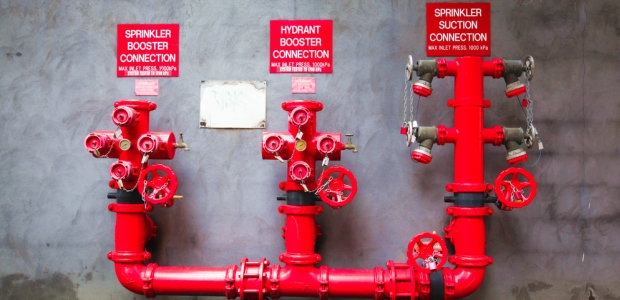
Preventing occupational head injuries starts by following the hierarchy of controls.

It is apparent that those responding generally knew that used industrial production equipment may not have all the safety whistles and bells.

True hazmat gear must provide protection from head to toe.

History has shown that some of the largest industrial fires have occurred when systems were out of service, or impaired.

Now, packages of any size that contain lithium batteries must be properly sealed and labeled, which could present a challenge to smaller businesses.

Clearly, the addition of a flash fire or flame hazard to a scenario involving dry or liquid chemicals can significantly complicate protection.

High-volume, low-speed fans help cool off employees and improve efficiency.
The takeaway is this is a combo skillset that is neither haphazard nor hereditary; attention control can definitely be improved with the right practices.

Today's workers are looking for the fits, features, and finishes of retail-ready denim but with proven flame-resistant protection.

Real-world applications have brought on an increasing demand for garments that are suitable for use in environments with multiple hazards.
The hazards were due to blocked exits and carelessly piled stock.
Beattie Farmers Union Cooperative Association faces $65,900 in fines.
EP Heller Co. in Madison, New Jersey, faces $56,000 in penalties.
Agencies with the lowest positive ratings were the IRS, the Securities and Exchange Commission, EPA, the Transportation Security Administration, and the U.S. Department of Health and Human Services.

The transition is scheduled to be complete by Dec. 1, 2018. Health Canada said the newly finalized regulations deliver on a key Regulatory Cooperation Council initiative.
OSHA has fined William Trahant Jr. Construction after citing it for the fourth time in four years, according to the agency.
With the economy slowly rebounding, many industries are shifting into higher gear, hiring new and temporary labor to meet this demand.
By the end of training, every First Aid/CPR/AED instructor aims to send his or her students back on the job with all the skills they need to respond to a real-world workplace safety emergency. But helping students retain that knowledge after they leave the classroom is just as important.
What could be stronger than teamwork that saves a life?
Saying, "We need your help to help find other opportunities to shape smarter regulations," the agency has asked for input from the OSH community by March 18.